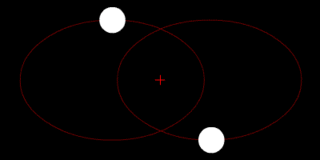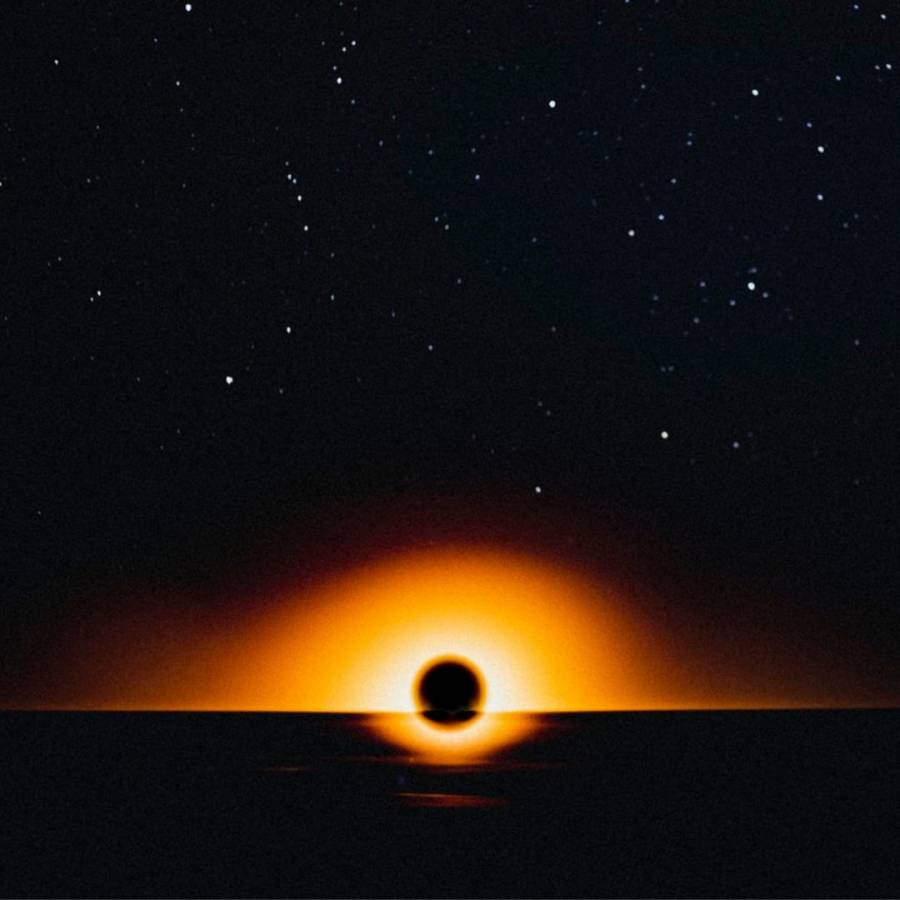What Is A Black Hole?
A black hole is the core of a massive star that has collapsed almost to a point. Black holes are exceedingly small and very dense, with a gravitational field so strong that light cannot escape (the escape velocity is greater than the speed of light).

If you replaced the Sun with a black hole of equal mass, Earth would not get sucked in – it would continue orbiting the black hole as it orbits the Sun, today. Black holes look like they are sucking in matter from all around, but that’s a common misconception.
Companion stars shed some of their mass in the form of stellar wind, and the material in that wind then falls into the grip of its hungry neighbour, a black hole. You can find out more information here >>
Black holes fall into the process of the star life cycle. Through the development of stars, it is possible that when the core mass is greater than three or four solar masses (the solar mass is a standard unit of mass in astronomy, equal to approximately 2×10 kg). Theoretically, the pressure on the core would become so big that the neutron star (the remains of the core of a red supergiant that has undergone a supernova explosion, they are incredibly dense and mostly made up of neutrons) would collapse to a point at which the density would be infinite.
Can You See A Black Hole?
As light itself cannot escape a black hole, it would be difficult to see a black hole. Even its shadow would be an immense challenge to see. Black holes have been identified as a shell of a black, featureless sphere. Nevertheless, there is a way to know if a black hole is present.

In some binary star systems where one of the pairs cannot be seen, its mass can be inferred from the orbit of a visible star. It is possible that the other star is a black hole. It emits electromagnetic radiation and could be a binary star with a black hole as its companion star. The electromagnetic radiation would accelerate towards the black hole and would gain sufficient energy to emit the high-frequency waves observed.
Read more about Katie Bouman, who processed the first-ever image of a black hole >>
Can You Give An Example?
There are predictions that there is a black hole in the Milky Way itself. The star Cygnus X-1 emits X-rays and could be a binary star with a black hole as its companion star. Gases from Cygnus X-1 accelerate towards the black hole and would gain sufficient energy to emit the high-frequency X-rays observed.
Scientists believe there is a black hole at the centre of every galaxy.
Did you know there are also white holes? Read more here >>
This article was written by Stemettes Summer Intern, Abigail.






